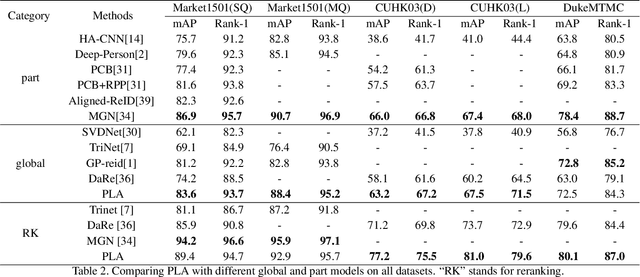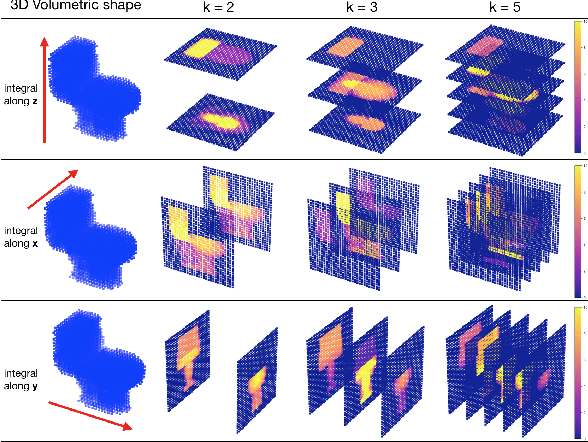Liang Niu
Unveiling the Sentinels: Assessing AI Performance in Cybersecurity Peer Review
Sep 11, 2023Abstract:Peer review is the method employed by the scientific community for evaluating research advancements. In the field of cybersecurity, the practice of double-blind peer review is the de-facto standard. This paper touches on the holy grail of peer reviewing and aims to shed light on the performance of AI in reviewing for academic security conferences. Specifically, we investigate the predictability of reviewing outcomes by comparing the results obtained from human reviewers and machine-learning models. To facilitate our study, we construct a comprehensive dataset by collecting thousands of papers from renowned computer science conferences and the arXiv preprint website. Based on the collected data, we evaluate the prediction capabilities of ChatGPT and a two-stage classification approach based on the Doc2Vec model with various classifiers. Our experimental evaluation of review outcome prediction using the Doc2Vec-based approach performs significantly better than the ChatGPT and achieves an accuracy of over 90%. While analyzing the experimental results, we identify the potential advantages and limitations of the tested ML models. We explore areas within the paper-reviewing process that can benefit from automated support approaches, while also recognizing the irreplaceable role of human intellect in certain aspects that cannot be matched by state-of-the-art AI techniques.
Progressive Learning Algorithm for Efficient Person Re-Identification
Dec 16, 2019



Abstract:This paper studies the problem of Person Re-Identification (ReID)for large-scale applications. Recent research efforts have been devoted to building complicated part models, which introduce considerably high computational cost and memory consumption, inhibiting its practicability in large-scale applications. This paper aims to develop a novel learning strategy to find efficient feature embeddings while maintaining the balance of accuracy and model complexity. More specifically, we find by enhancing the classical triplet loss together with cross-entropy loss, our method can explore the hard examples and build a discriminant feature embedding yet compact enough for large-scale applications. Our method is carried out progressively using Bayesian optimization, and we call it the Progressive Learning Algorithm (PLA). Extensive experiments on three large-scale datasets show that our PLA is comparable or better than the-state-of-the-arts. Especially, on the challenging Market-1501 dataset, we achieve Rank-1=94.7\%/mAP=89.4\% while saving at least 30\% parameters than strong part models.
3D-A-Nets: 3D Deep Dense Descriptor for Volumetric Shapes with Adversarial Networks
Nov 28, 2017



Abstract:Recently researchers have been shifting their focus towards learned 3D shape descriptors from hand-craft ones to better address challenging issues of the deformation and structural variation inherently present in 3D objects. 3D geometric data are often transformed to 3D Voxel grids with regular format in order to be better fed to a deep neural net architecture. However, the computational intractability of direct application of 3D convolutional nets to 3D volumetric data severely limits the efficiency (i.e. slow processing) and effectiveness (i.e. unsatisfied accuracy) in processing 3D geometric data. In this paper, powered with a novel design of adversarial networks (3D-A-Nets), we have developed a novel 3D deep dense shape descriptor (3D-DDSD) to address the challenging issues of efficient and effective 3D volumetric data processing. We developed new definition of 2D multilayer dense representation (MDR) of 3D volumetric data to extract concise but geometrically informative shape description and a novel design of adversarial networks that jointly train a set of convolution neural network (CNN), recurrent neural network (RNN) and an adversarial discriminator. More specifically, the generator network produces 3D shape features that encourages the clustering of samples from the same category with correct class label, whereas the discriminator network discourages the clustering by assigning them misleading adversarial class labels. By addressing the challenges posed by the computational inefficiency of direct application of CNN to 3D volumetric data, 3D-A-Nets can learn high-quality 3D-DSDD which demonstrates superior performance on 3D shape classification and retrieval over other state-of-the-art techniques by a great margin.
 Add to Chrome
Add to Chrome Add to Firefox
Add to Firefox Add to Edge
Add to Edge